Power-off Stall: Recovery Steps Made Easy
Pilot Institute
NOVEMBER 2, 2024
When the aircraft is in a high-drag configuration, a stall at a low altitude can be quite dangerous. The ACS states that recovery should be completed no lower than 1,500 ft AGL for single-engine aircraft and 3,000 ft AGL for multi-engine aircraft. The loss of lift causes the aircraft to stall and lose altitude.

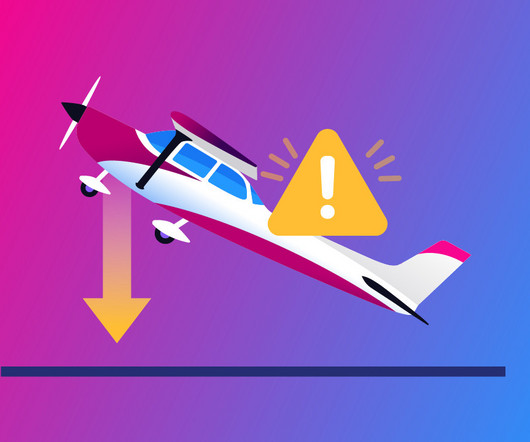

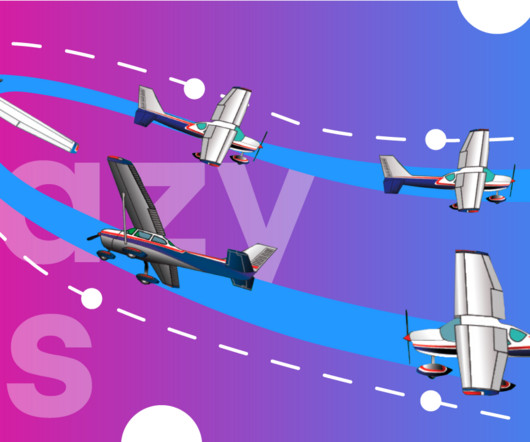
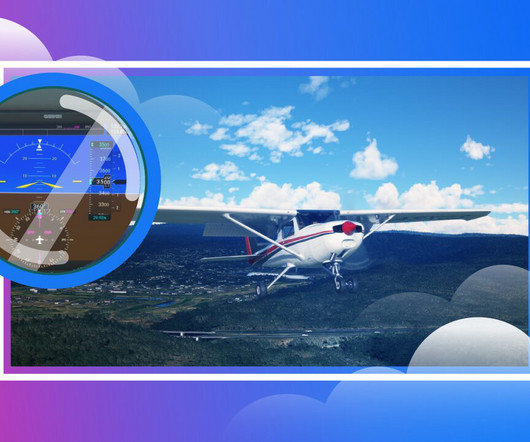



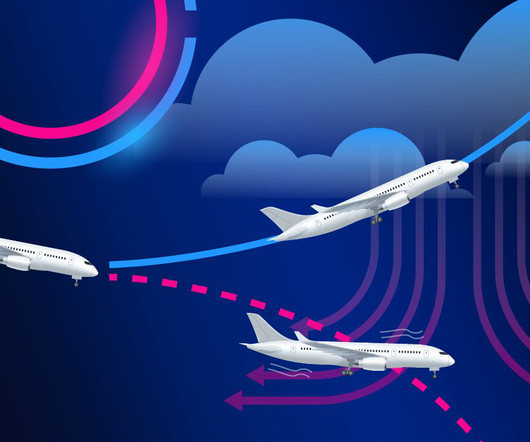
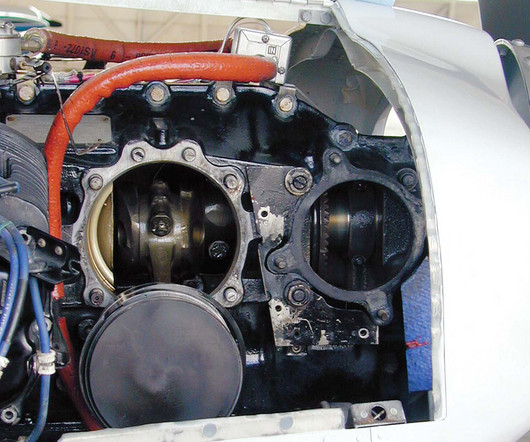






Let's personalize your content